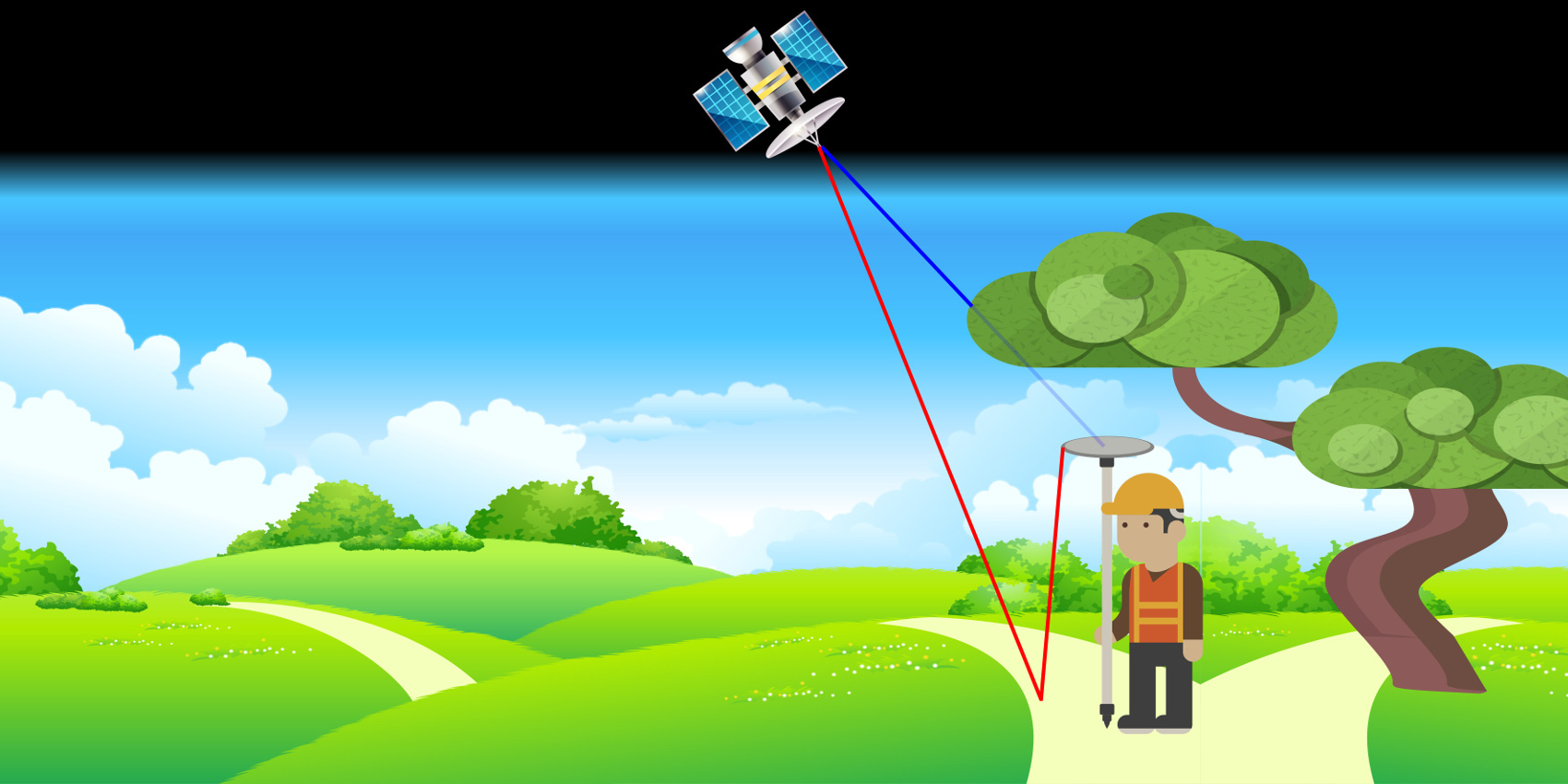Multipath phenomenon occurs when a GPS survey is carried out near a reflective surface. In such a case, part of the satellite signal reaches the antenna directly in reverse, the remaining part will reach the antenna after some time because of the reflection it has undergone, thus giving rise to a position calculation error.

This phenomenon obviously degrades the signal quality and causes the time-of-flight calculation to be incorrect. Multipath, in the city, is quite common and occurs through the phenomenon of “canyoning,” or “gorges between buildings.”
This issue is neutralized with choke-ring antennas, special round-shaped antennas composed of rings in series, often covered with a protective gasket.
The antenna design originated at the Jet Propulsion Laboratory, owned by NASA and, directed by the California Institute of Technology.
As of today, the best technology is expressed by Leica, which has developed a new choke ring for improved tracking, excellent phase center symmetry, and unmatched multipath suppression for all GNSS frequencies.


